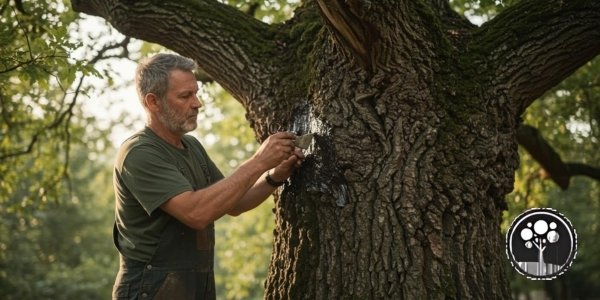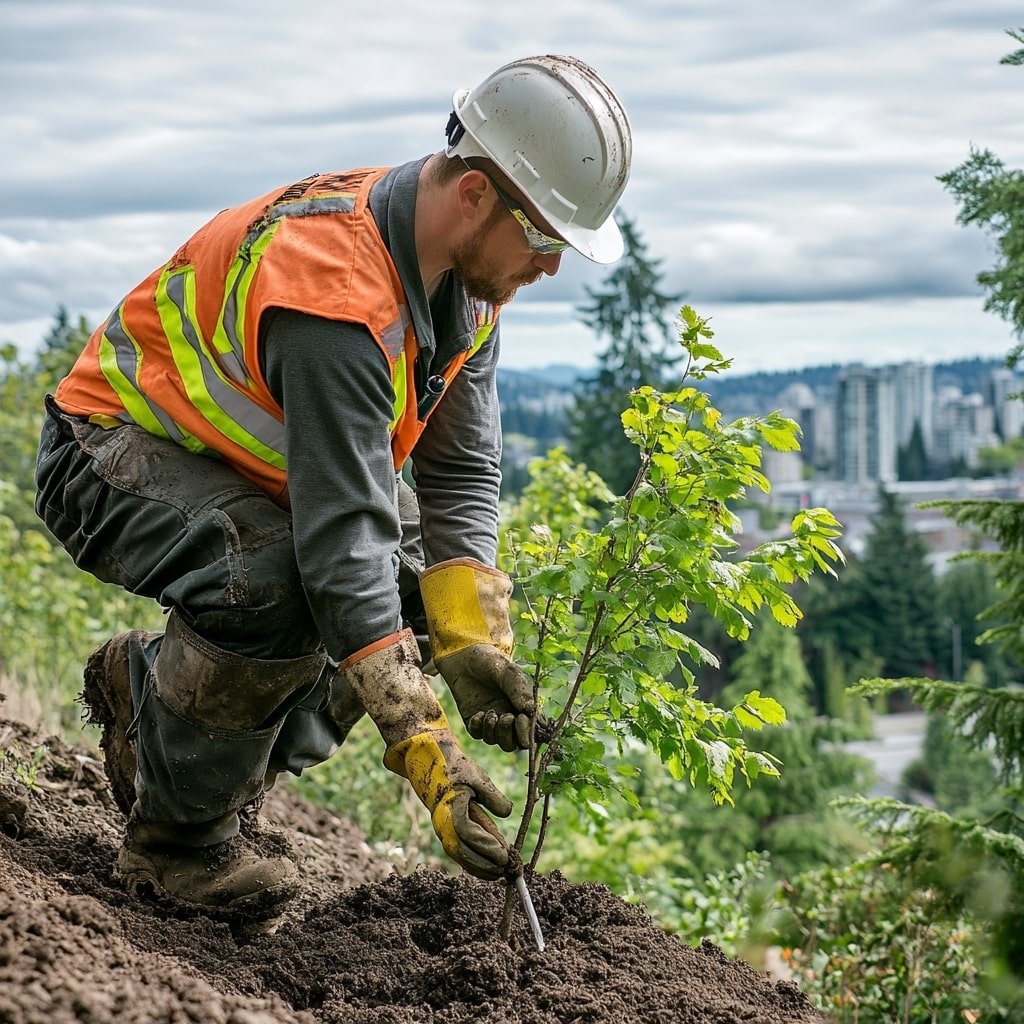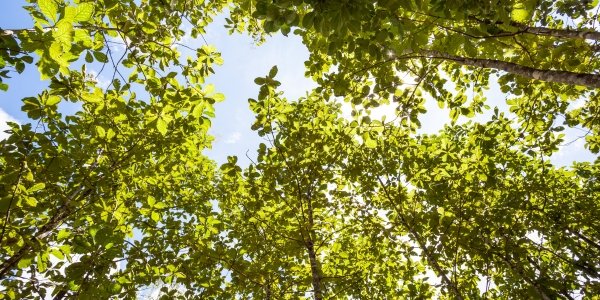What is forest fuel?
Forest fuel is any form of fuel derived from trees. This can be in the form of wood fuel charcoal or even sawdust. Wood fuel is the most common type of owing to the presence of dead wood within forest ecosystems. Wood fuel can be used for various purposes like heating, cooking, lighting or occasionally for fueling locomotives and running engines for electricity production.
However, wood fuel when used indiscriminately can lead to deforestation and other serious negative environmental issues. Heavy removal of live trees can cause destruction of habitats soil degradation and erosion. Some of these impacts include the hazardous combustion byproducts. Smoke is often an undesirable byproduct of wood fires. Some contains carbon doxed which is a greenhouse gas that contributes to global warming. Tiny particles contained in smoke account for particulate pollution in most areas. In Melbourne Australia wood heating contributes about 60% of particle found in the ar.
The above-mentioned emissions can contribute to the decline of human health. Particulate pollution of the atmosphere contributes to rising in hospital admissions for diseases such as asthma.
Most wood fuels are sourced from native forests as opposed to planted forests. This, when done excessively, can lead to extinction of indigenous trees which take tens of years to grow.
Forest fuel reduction??
This can be loosely defined as the collection of forest residues for use as wood fuel. This collection mostly of dead wood is done with minimal negative impacts to the environment. The negative environmental effects can be mitigated by use of efficient methods of burning. Modern methods where the wood is burnt at higher temperatures ensures total and complete burning. This also eliminate the production of high levels of noxious gases. Some studies regard efficient burning of wood as a carbon neutral process since the emissions produced are equivalent to the amount of carbon the tree absorbed throughout its lifetime.
Collection of dead falls that has not started to rot is an integral process of forest fuel reduction. This wood already seasoned. Presence of dry fuel within the forests is a hazard. There are numerous advantages that come with forest fuel reduction. This can be seen as a forest management strategy.
What are the advantages of forest fuel reduction?
Removal of dry and dead wood reduces the severity of wildfires. Most forests in the west that are seasonally dry or contain dead wood are at risk of uncharacteristically severe wildfires.
Practices to reduce fuel load in forests.
Reduction of the amount of fuel on the ground. Removal of dry trees or other dry vegetation beneath healthy trees diminishes the extent of spread or occurrence of wildfires. This also provides other advantages such as the removal or destruction of areas where pest and other insects harmful to trees thrive. The huge logs rarely contribute to fires so leaving several per acre of forest can help maintain the ecosystem. A little cover of leaves should also be left behind to help maintain the soil moisture and nutritional value.
Removal of small trees in dense areas. Small trees can potentially carry fire to the crowns of taller trees. Removal of debris directly below trees and use of good pruning practices helps increase the height from forest floor to the base of tree crowns. These practices will hinder a surface fire from growing into a crown fire.
This practice has other advantages that include the elimination of competition for resources like water and nutrients, especially during the dry season. When the huge trees do not get enough moisture, they cannot have enough sap to increase their defenses in case of pest attack.
Increasing spacing between trees. In less dense forests a fire that reaches the canopies finds it hard to spread from one crown to the other. This is the importance of thinning trees. More light reaches the understory in the less dense forests which accelerates the rate of decay of surface fuels further diminishing the spread of any possible wild fire. Tall trees and those adapted to site should be favored when it comes to thinning of forests. Fire-resistant trees that can thrive even under the threat of frequent forest fires should also be favored. Such trees have survival adaptations such as possession of thick backs and deep root systems.





